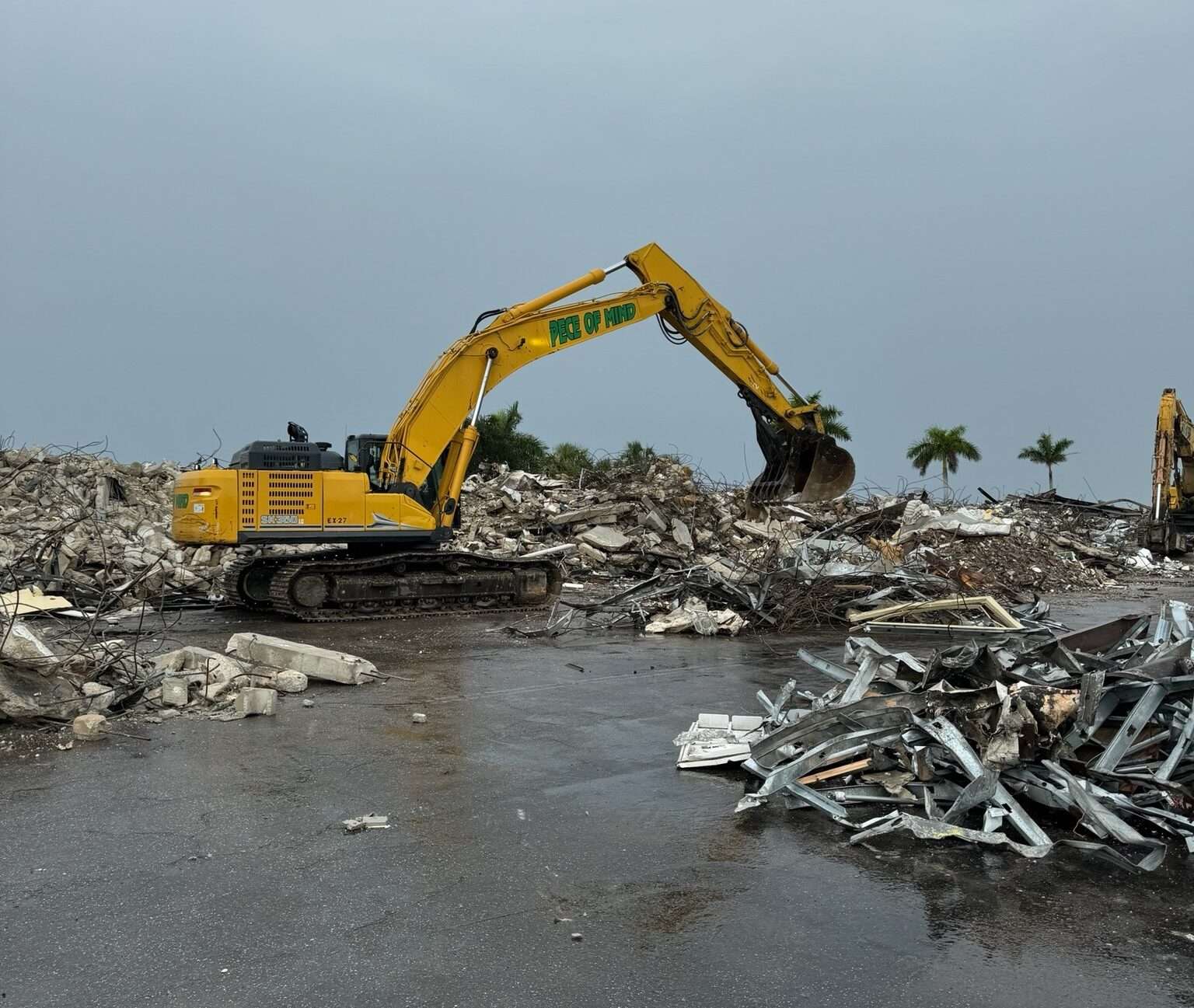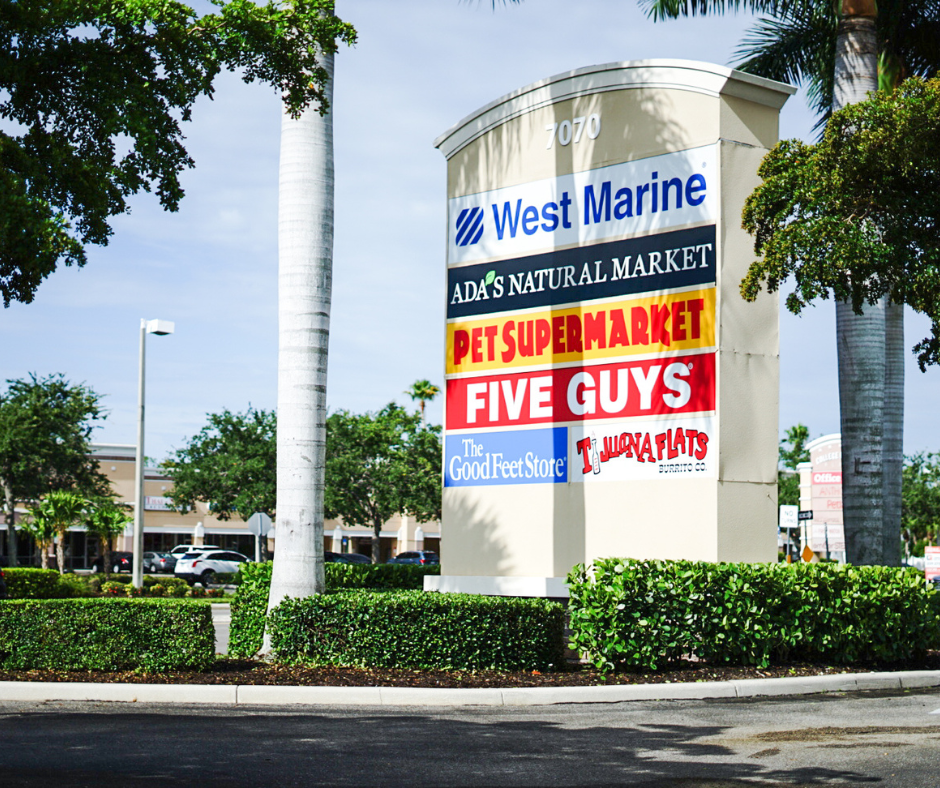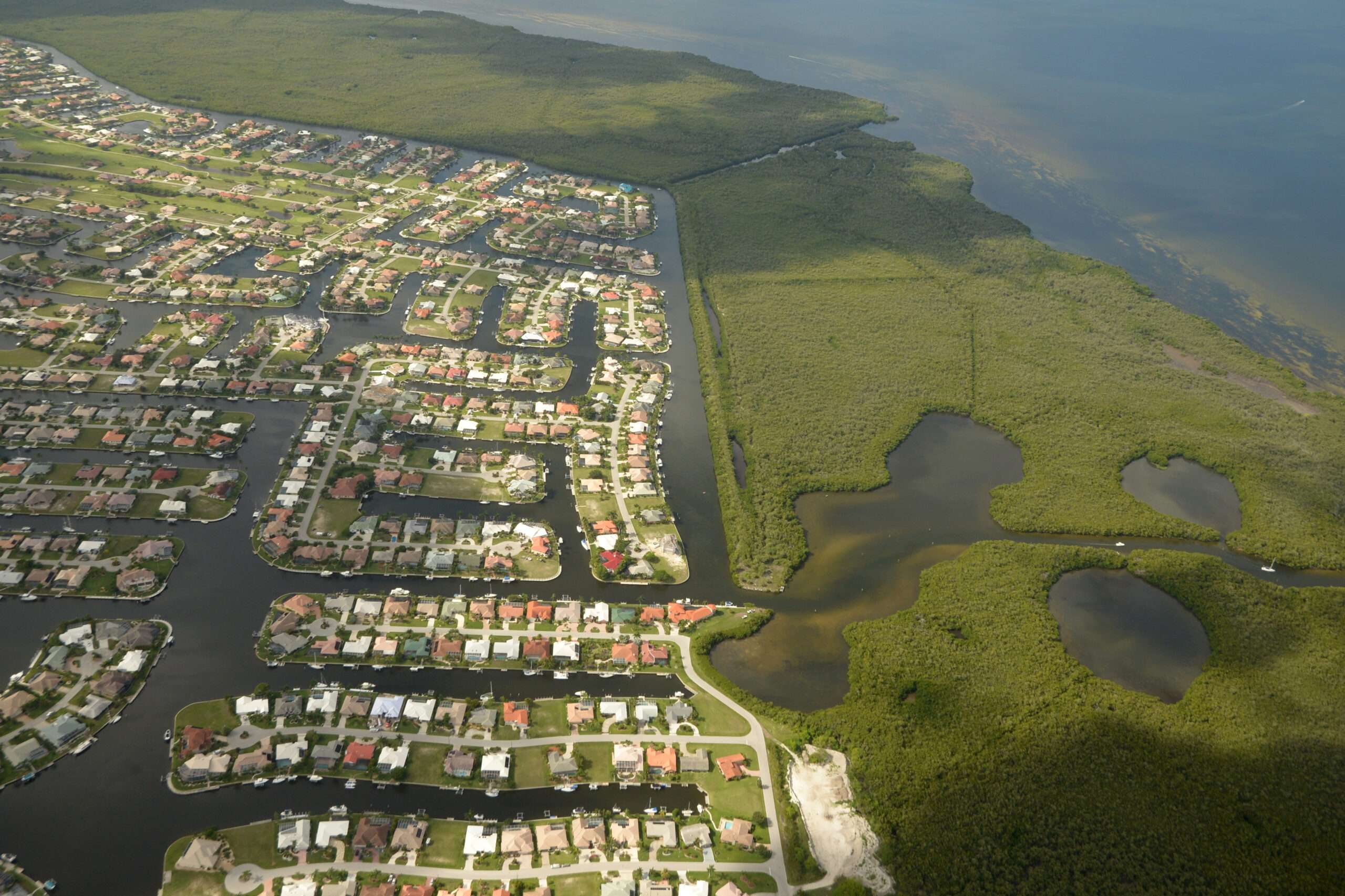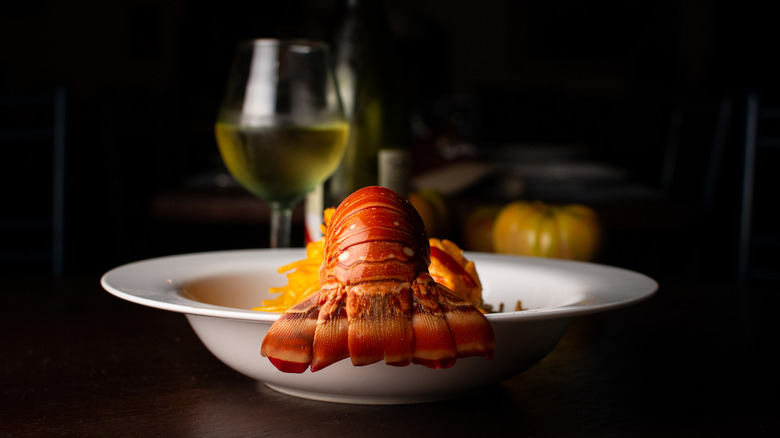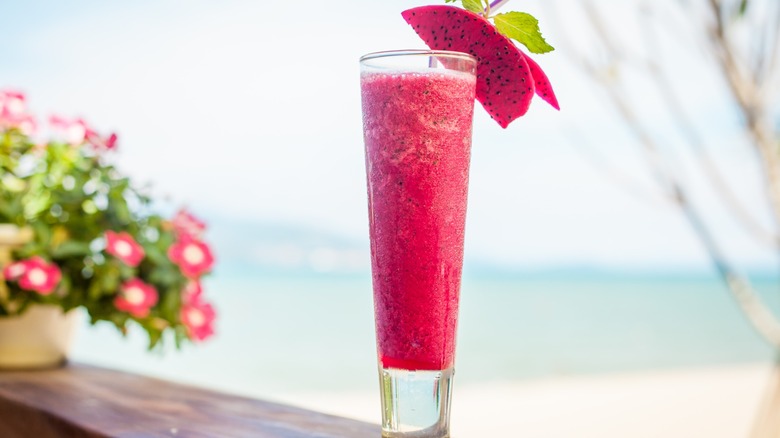ST JAMES CITY, Fla. — Calusa Waterkeepers have uncovered alarming bacterial levels in the waters of Pine Island Sound, marking a concerning reality for residents in Lee County. Following the devastation caused by Hurricanes Helene and Milton, the aftermath has left the region not only scarred but also teetering on the edge of an ecological crisis. The specter of red tide looms ominously, bringing with it the threat of fish kills and an unsettling smell that could soon permeate the area.
“On Pine Island Sound and south near Sanibel, I’m pretty nervous,” remarked Susan Dahod, a leading ranger with Calusa Waterkeepers. “I think we’re going to start to see fish kills on the beaches.” The sense of foreboding in her voice resonates with many who cherish Florida’s coastal beauty.
Watch Bella’s full report below:
What’s in the water? Calusa Waterkeepers find highest bacterial levels in the county
Dahod has been diligently sampling water at Tropical Point Park and various locations since the storms. Her recent discoveries, especially at Tropical Point Park, were startling. “They’ll [FDOH] close the beach when the bacteria counts get to 70. This site was over 2000…” she explained. The gravity of such numbers goes beyond mere statistics; it speaks to the fragile health of local waterways and the lives they support.
She notes that this is the highest bacterial level recorded in Lee County, a shocking revelation that beckons the community to confront an uncomfortable truth. “Since the Department of Health doesn’t survey this spot, we’ve taken it into our own hands to warn the public about places that could easily be overlooked,” Dahod continued. Her commitment reflects a growing concern among environmental advocates for public safety and the ecological well-being of the coast.
“Viruses, you’ve heard a little bit about the flesh-eating bacteria, those all tend to correlate with high bacteria counts,” Dahod noted thoughtfully. “By correlate, I mean, you don’t necessarily cause them, but when the FIB [Fecal Indicator Bacteria] counts are high, everything tends to be higher.” These words serve as a sobering reminder: the interconnectedness of life in these waters can mean that a single disturbance can ripple through the ecosystem, affecting countless lives.
The Calusa Waterkeepers are not merely standing by. They are actively searching for preventive measures against the impending red tide, a natural phenomenon that has become increasingly exacerbated by human activity. “Most of Pine Island is on septic tanks, so when the surge comes up, all that stuff kind of sloshes around and washes into the water,” she stated, illustrating a tangible link between local infrastructure and environmental health.
With a tone of caution, Dahod implores the community: “Do not get in the water in this area because bacteria like this can cause infections and can be deadly to pets.” As a reminder of nature’s power and fragility, the situation calls for vigilance and responsibility.
This is a moment for reflection, a chance to reconsider our relationship with the environment surrounding St. James City. The landscape may seem idyllic, but the reality beneath the surface is filled with complexity and challenges. What once felt like a serene escape now begs deeper awareness, preserving not only the shoreline but also the lives—human and animal—that rely on its health.






